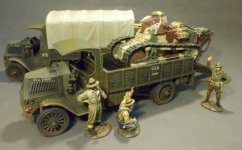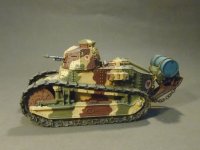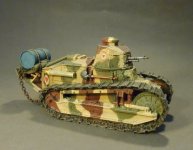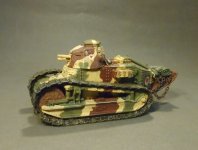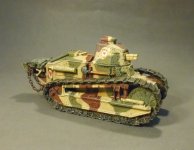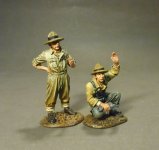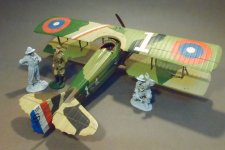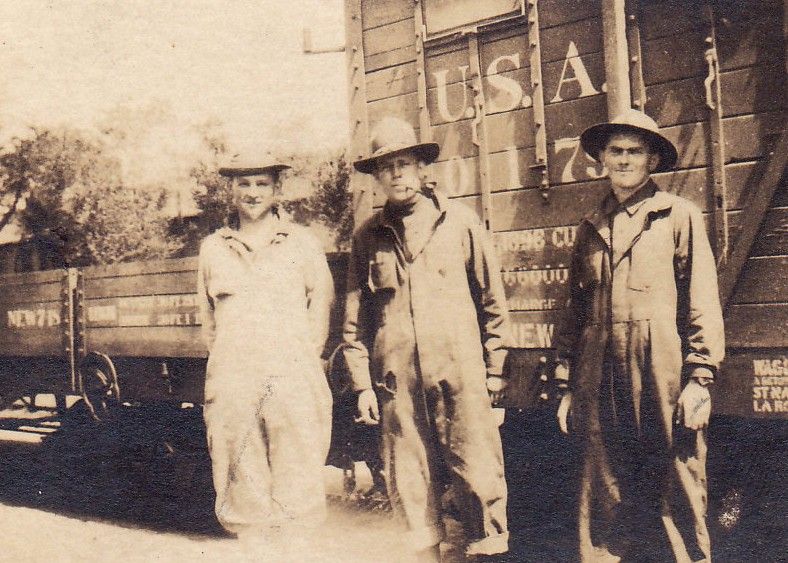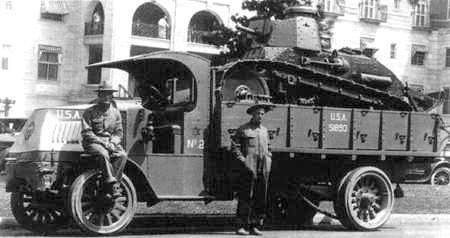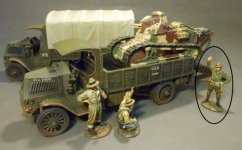KNIGHTS OF THE SKIES
Max Immelmann (21 September 1890 – 18 June 1916) was the first German World War I flying ace. He was a pioneer in fighter aviation and is often mistakenly credited with the first aerial victory using a synchronized gun. He was the first aviator to win the Pour le Mérite, and was awarded it at the same time as Oswald Boelcke. His name has become attached to a common flying tactic, the Immelmann turn, and remains a byword in aviation. He is credited with 15 aerial victories.
Immelmann became one of the first German fighter pilots, quickly building an impressive score of air victories. During September, three more victories followed, and then in October he became solely responsible for the air defense of the city of Lille. Immelmann became known as The Eagle of Lille (Der Adler von Lille). He gained two further victories during September, to become the first German ace.
Immelmann flirted with the position of Germany's leading ace, trading that spot off with another pioneer ace, Oswald Boelcke. Having come second to Boelcke for his sixth victory, he was second to be awarded the Royal House Order of Hohenzollern for this feat. On 15 December, Immelmann shot down his seventh British plane and moved into an unchallenged lead in the competition to be Germany's leading ace.
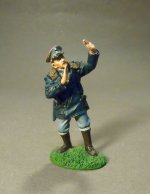
ACE-23P
KNIGHTS OF THE SKIES,
Oberleutnant MAX IMMELMANN,
(1pc)
Immelmann was the first pilot to be awarded the Pour le Mérite, Germany's highest military honour, receiving it on the day of his eighth win, 12 January 1916. The medal became unofficially known as the "Blue Max" in the German Air Service in honor of Immelmann. His medal was presented by Kaiser Wilhelm II on 12 January 1916. Oswald Boelcke received his medal at the same time
Many Germans believed Immelmann was invincible, and his death was a huge shock. It is believed that his aircraft's gun synchronisation (designed to enable his machine gun to fire between the whirling propeller blades without damaging them) had malfunctioned with catastrophic results.
Damage to the propeller resulting in the loss of one blade could have been the primary cause of the structural failure evident in accounts of the crash of his aircraft. The resultant vibration of an engine at full throttle spinning half a propeller could have shaken the fragile craft to pieces
As with most pilots, Max was devoted to his pet dog, Tyras, who often slept within or on his bed. He didn't smoke or drink and wrote daily to his mother.
THE GREAT WAR 1914-1918
THE FRENCH ARMY
World War I cost France 1,357,800 dead, 4,266,000 wounded (of whom 1.5 million were permanently maimed) and 537,000 made prisoner or missing — exactly 73% of the 8,410,000 men mobilized.
France had 40 million citizens at the start of the war; six in ten men between the ages of eighteen and twenty-eight died or were permanently maimed.
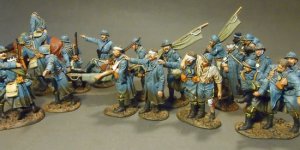
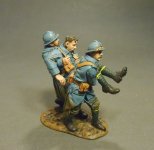
GWF-39
THE GREAT WAR,1914-1918
FRENCH INFANTRY 1917-1918,
3 Wounded PCDF,
(1 pc)
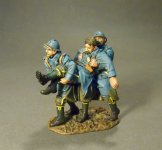
PLEASE NOTE THIS WILL BE THE LAST OF THE WOUNDED FRENCH SETS FOR A WHILE……. AS THE AMERICANS HAVE ARRIVED!
Lot More To Follow........................................
Max Immelmann (21 September 1890 – 18 June 1916) was the first German World War I flying ace. He was a pioneer in fighter aviation and is often mistakenly credited with the first aerial victory using a synchronized gun. He was the first aviator to win the Pour le Mérite, and was awarded it at the same time as Oswald Boelcke. His name has become attached to a common flying tactic, the Immelmann turn, and remains a byword in aviation. He is credited with 15 aerial victories.
Immelmann became one of the first German fighter pilots, quickly building an impressive score of air victories. During September, three more victories followed, and then in October he became solely responsible for the air defense of the city of Lille. Immelmann became known as The Eagle of Lille (Der Adler von Lille). He gained two further victories during September, to become the first German ace.
Immelmann flirted with the position of Germany's leading ace, trading that spot off with another pioneer ace, Oswald Boelcke. Having come second to Boelcke for his sixth victory, he was second to be awarded the Royal House Order of Hohenzollern for this feat. On 15 December, Immelmann shot down his seventh British plane and moved into an unchallenged lead in the competition to be Germany's leading ace.

ACE-23P
KNIGHTS OF THE SKIES,
Oberleutnant MAX IMMELMANN,
(1pc)
Immelmann was the first pilot to be awarded the Pour le Mérite, Germany's highest military honour, receiving it on the day of his eighth win, 12 January 1916. The medal became unofficially known as the "Blue Max" in the German Air Service in honor of Immelmann. His medal was presented by Kaiser Wilhelm II on 12 January 1916. Oswald Boelcke received his medal at the same time
Many Germans believed Immelmann was invincible, and his death was a huge shock. It is believed that his aircraft's gun synchronisation (designed to enable his machine gun to fire between the whirling propeller blades without damaging them) had malfunctioned with catastrophic results.
Damage to the propeller resulting in the loss of one blade could have been the primary cause of the structural failure evident in accounts of the crash of his aircraft. The resultant vibration of an engine at full throttle spinning half a propeller could have shaken the fragile craft to pieces
As with most pilots, Max was devoted to his pet dog, Tyras, who often slept within or on his bed. He didn't smoke or drink and wrote daily to his mother.
THE GREAT WAR 1914-1918
THE FRENCH ARMY
World War I cost France 1,357,800 dead, 4,266,000 wounded (of whom 1.5 million were permanently maimed) and 537,000 made prisoner or missing — exactly 73% of the 8,410,000 men mobilized.
France had 40 million citizens at the start of the war; six in ten men between the ages of eighteen and twenty-eight died or were permanently maimed.


GWF-39
THE GREAT WAR,1914-1918
FRENCH INFANTRY 1917-1918,
3 Wounded PCDF,
(1 pc)

PLEASE NOTE THIS WILL BE THE LAST OF THE WOUNDED FRENCH SETS FOR A WHILE……. AS THE AMERICANS HAVE ARRIVED!
Lot More To Follow........................................


